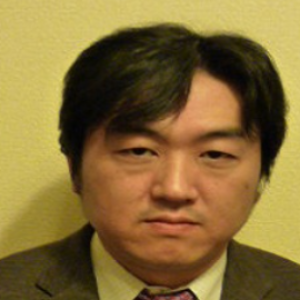Title : Solution plasma synthesis of catalytic carbon composite materials for oxygen reduction reaction Takahiro Ishizaki
Abstract:
In recent years, theoretical calculations and experiments demonstrated that introducing nitrogen into carbon lattices could induce charge redistribution and result in the creation of the net positive charge on the adjacent carbon, which enhance the adsorption of O2 molecules and thus become an effective ORR catalyst. However, rational design of a new catalyst system based on nitrogen-doped carbon materials is still present intriguing challenges in ORR catalysis research. Herein, a new kind of nitrogen-doped carbon nanoparticle−carbon nanofiber (NCNP−CNF) composite with advanced ORR catalytic activity has been developed via a new approach assisted by solution plasma process. The carbon composite nanomaterials were synthesized by growing nitrogen-doped nanoparticles through 2-cyanopyridine (C6H4N2) on CNFs. This integration led to a unique morphological feature and modified physicochemical properties. Firstly, the incorporation of nitrogen atoms in the carbon composite nanomaterials synthesized was confirmed by elemental analysis and the nitrogen content of NCNP-CNFs was found to be approximately 1.35 atom %. SEM and TEM observation revealed that most of NCNPs attach to the CNF surface throughout almost area investigated, giving rise to a unique morphology with an interconnected porous structure. The onset potential of ORR for NCNP−CNFs composite was estimated to be at −0.14 V vs. Ag/AgCl, which is 70 mV more positive than that of CNFs (−0.21 V). From linear sweep voltammetry (LSV), CNFs demonstrated a two-step reduction process with low current density whereas NCNP-CNFs showed a single-step wide plateau of higher limiting current density compared to CNFs. The calculated electron transfer number (n values) of NCNP−CNF composite were estimated to be 3.21−3.51. The enhancement in ORR activity of NCNP−CNF composite can be attributed to the synergistic effects of good electron transfer from highly graphitized CNFs as well as abundance of exposed catalytic active sites originated from meso/macroporosity in NCNPs.



